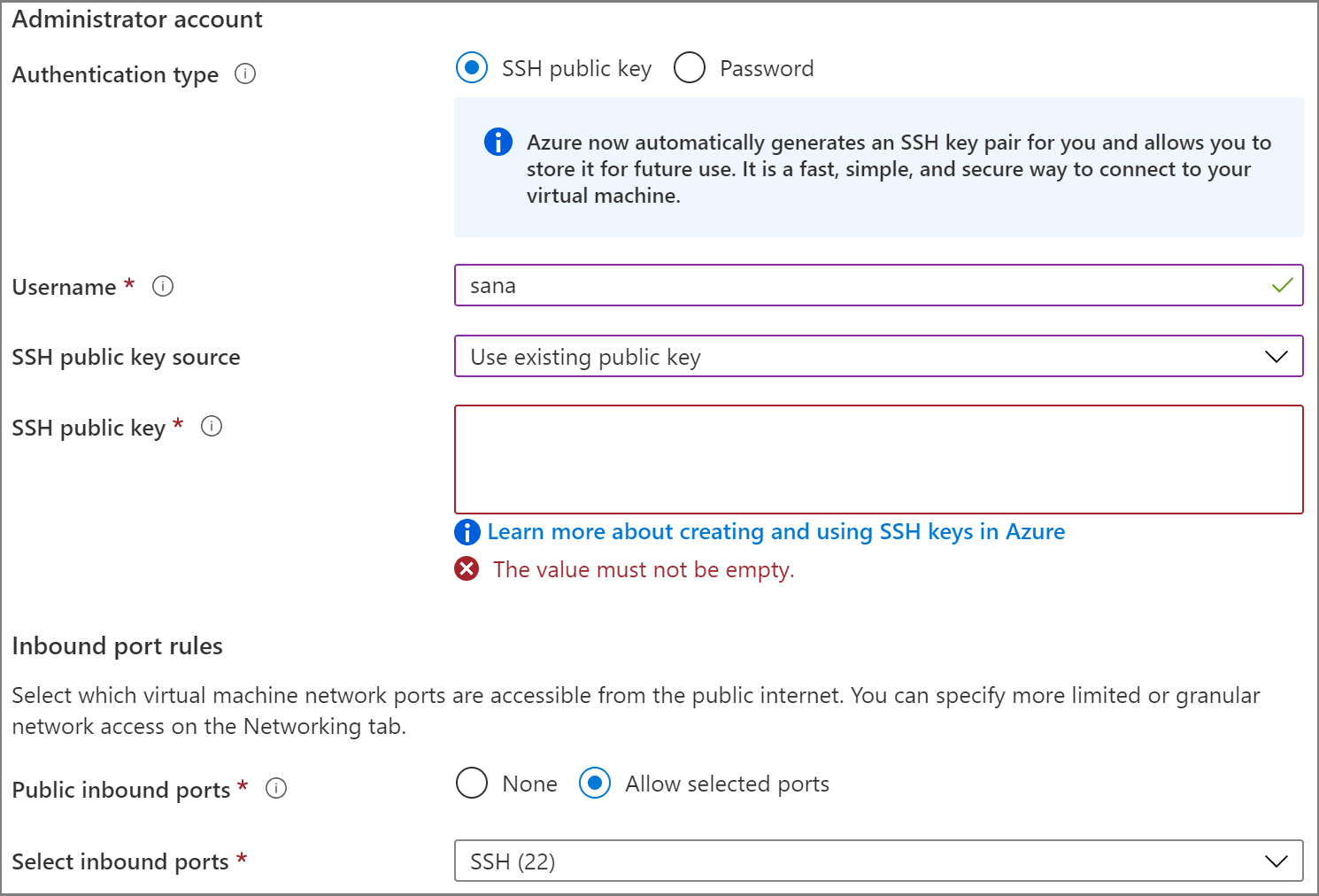

Open a remote directory and you'll see yourself now with a VS Code instance within your remote server.įrom here you have a collection of interesting tools to try out. If the process completes sucessfully, you'll see in your Files tab that you can now open remote folders. Whenever the KeeAgent is asked to authenticate something you'll see a notification. You might see the following option, select as appropriate. You should see a box appear, click Connect or use the Command Palette to run the command Remote-SSH: Connect Current Window to Host. Hit enter and save the entry to any option you like. Use Ctrl-Shift-P to open the Command Palette and then run the command Remote-SSH: Add New SSH Host., then add a target SSH address, in our case it's which was an Azure Host I spun up to demo this. Install the "Remote - SSH" extension Add a new SSH Host If you see the error above, you might need to stop the "OpenSSH Authentication Agent" service. Check the option Enable agnet for Windows OpenSSH (experimental). Go to Tools -> Options within KeePass and go to the KeeAgent tab. KeeAgent offers a collection of helpful things here, including the PublicKey in the format you'll need to add to authorized_keys on the server if that's not done already. Then go further across to the KeeAgent tab and check Allow KeeAgent to use this entry. You want to attach your private key that you use to authenticate with your SSH Server. Now go to Advanced and use the Attach button to add an attachment to the Entry. Set the Title to the address of your server, the Username to the username you use to login to your SSH server and the url to ssh://. to create a new DB if you haven't before. Run the KeePass exe, then use File -> New. To install it, you copy the gx file into the KeePass Plugins directory. It can be downloaded from the Website linked here. KeeAgent is a plugin for KeePass that adds SSH public-key support. KeePass acts as a database for all your username and passwords. When you run ssh in Powershell you should see the following. Install OpenSSH ClientĮnsure the optional feautre of "OpenSSH Client" is available with the command Add-WindowsCapability -Online -Name OpenSSH.Client. I'm using Windows Sandbox for all of this to keep things barebones. Let's start with an empty KeePass instance. It'll act as a SSH authentication agent for us. KeePass is a local Password Manager that stores username and passwords for us.


Let's start by explaining some of those terms. You can use KeeAgent to open VS Code in your Linux Server with an SSH Key stored in KeePass, seemlessly.


 0 kommentar(er)
0 kommentar(er)
